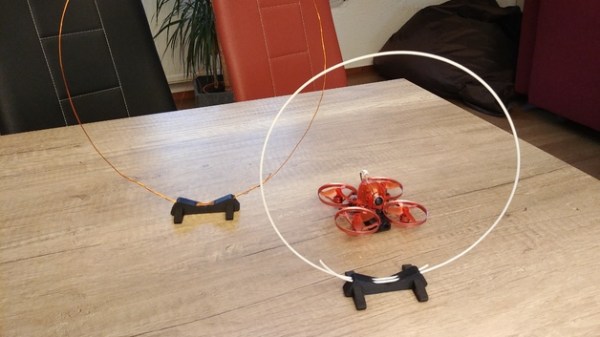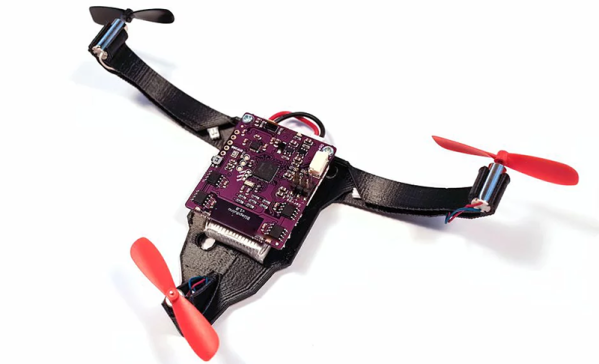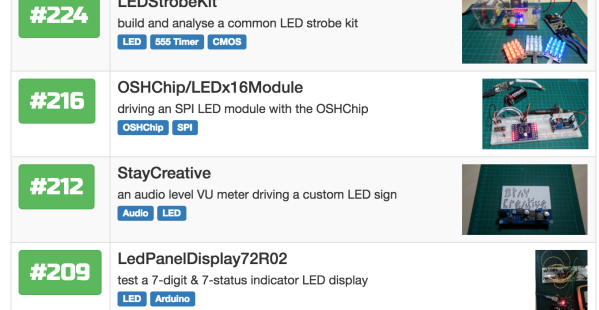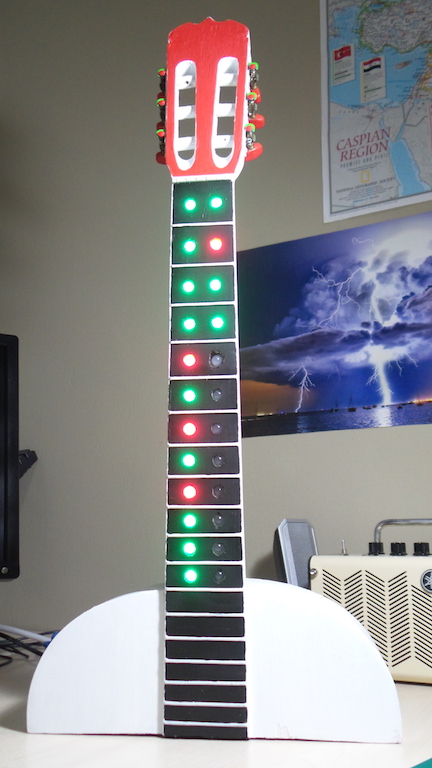Here’s an interesting thought: it’s possible to build a cubesat for perhaps ten thousand dollars, and hitch a ride on a launch for free thanks to a NASA outreach program. Tracking that satellite along its entire orbit would require dozens or hundreds of ground stations, all equipped with antennas and a connection to the Internet. Getting your data down from a cubesat actually costs more than building a satellite.
This is the observation someone at Amazon must have made. They’ve developed the AWS Ground Station, a system designed to downlink data from cubesats and other satellites across an entire orbit. Right now, Amazon only has two ground stations attached, but they plan to have a dozen in place by the middle of next year. Each of these ground stations are associated with a particular AWS region (there are a total of sixteen AWS regions, which might limit the orbital coverage of the AWS Ground Station system), and consists of an antenna, an alt-az mount, and a gigantic bank of servers and hard drives to capture data from satellites orbiting overhead.
The Amazon blog post goes over how easy it is to capture data from a satellite, and it’s as easy as getting a NORAD ID, logging into your AWS account, and clicking a few buttons.
It should go without mention that this is the exact same idea behind SatNOGS, an Open Source global network of satellite ground stations and winner of the 2014 Hackaday Prize. One of their ground stations is what’s pictured at the top if this article. Right now, SatNOGS has over seventy ground stations in the network, including a few stations that are in very useful locations like the Canary Islands. The SatNOGS network already has a lot more coverage than the maximum of sixteen locations where Amazon has their data centers — made possible by its open nature. Congrats to the SatNOGS team once again for creating something so useful, and doing it four years before Amazon.



















